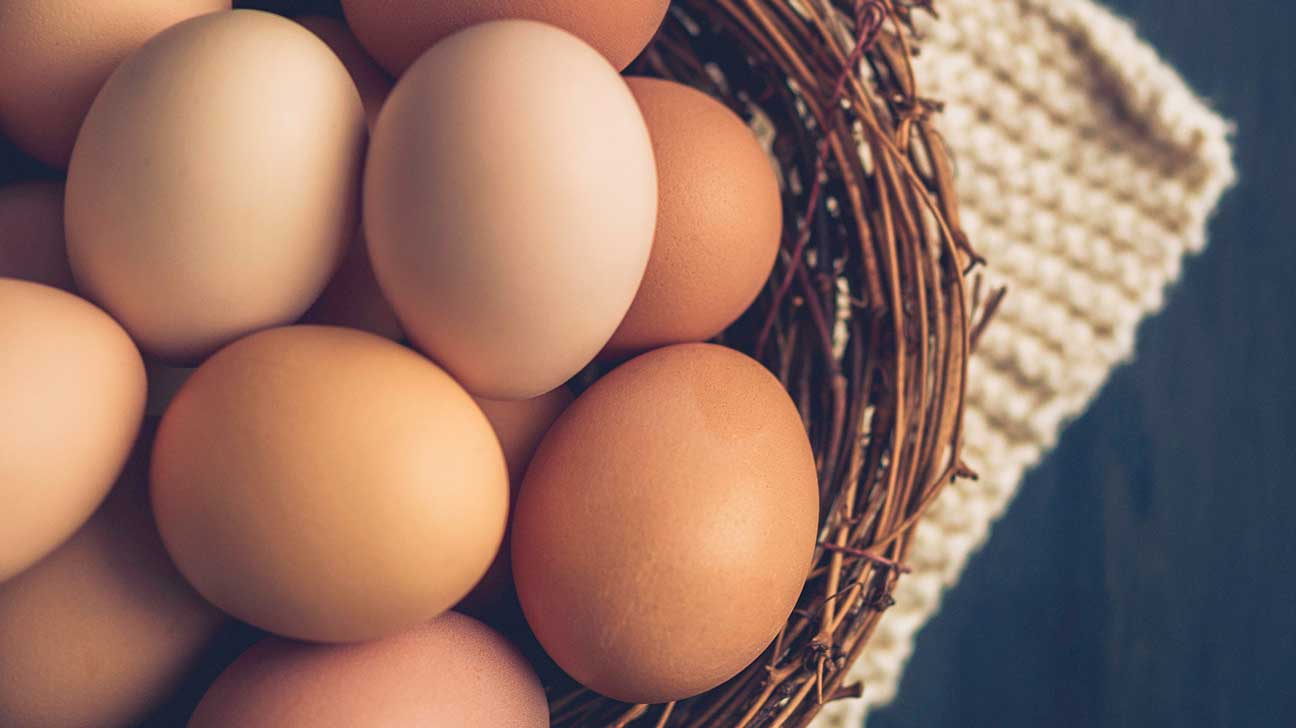Uses, Nutritional Value & Characteristics of Hen Eggs. How familiar are you with Hen Egg? When it comes to the culinary world, the humble hen egg has many uses. From basic breakfast staples to gourmet dishes, hen eggs provide a wealth of flavor, texture, and nutrition.
It is well worth the time to learn about this versatile ingredient, whether you are a seasoned chef, a hobbyist cook, or simply a curious foodie. Here is an overview of how the hen egg can be used in so many different ways.
Introduction:
Eggs are an essential part of many households globally. They are a good source of protein, vitamins, and minerals, and can be cooked in a variety of ways. One of the most common types of eggs is the hen egg, which is produced by domesticated chickens.
Characteristics of Hen Eggs:
A hen egg usually has an oval shape with a smooth, hard shell that is usually white or brown. It is made up of calcium carbonate and has a porous shell, which allows it to breathe. There is a thin membrane surrounding the egg whites and yolks within the shell.
Egg yolks are yellow and contain fat and cholesterol, whereas egg whites, or albumen, contain protein and other nutrients.
Nutritional Value of Hen Eggs:
An egg is a nutrient-dense food that provides a wide range of essential nutrients. It contains approximately 6 grams of protein, 5 grams of fat, and 1.6 grams of saturated fat per large egg. In addition, eggs contain lutein and zeaxanthin, antioxidants that are important for the health of the eyes, as well as vitamin D, vitamin B12, vitamin A, and choline.
Uses of Hen Eggs:
It is possible to cook and bake hen eggs in a variety of ways. In addition to being cooked, fried, scrambled, and used in omelets, quiches, and frittatas, they can also serve as an ingredient in cakes, cookies, and other baked goods. They are commonly used as a binding agent in recipes, aiding the binding of ingredients.
Egg Production:
A domesticated chicken, or hen as they are known to the public, produces hen eggs. These birds are kept on farms and are raised for egg production. As well as providing food, water, and an appropriate area to lay eggs, hens are also provided with a nesting area in which they may lay their eggs in privacy.
Hens lay eggs regularly, with peak production occurring between 18 and 24 weeks of age. The average hen will lay approximately 300 eggs per year, although this may vary depending on the breed of chicken and the conditions under which they are kept.
Egg Grading and Sizing:
A hen egg is graded based on its quality and size, with the highest grade being AA and the lowest grade being B. The United States Department of Agriculture (USDA) has established a grading system for eggs. A Grade AA egg has a clean and unstained shell, a firm yolk, and a thick, cloudy white egg. A Grade B egg may contain a cracked or dirty shell and may contain a thinner egg white.
Small, medium, large, and extra-large hen eggs are the most common sizes of hen eggs and are also classified as hen eggs based on their size.
Egg sizes are determined by the weight of the egg, with a small egg weighing approximately 43 grams or less, a medium egg between 43 and 53 grams, a large egg between 53 and 63 grams, and an extra-large egg weighing approximately 63 grams or more.
Eggs from Free-Range and Organic Chickens:
The demand for free-range and organic eggs has increased in recent years. Because free-range chickens can roam freely outside of their cages, they have access to natural sunlight, fresh air, and a varied diet. These eggs are usually considered to be of higher quality and to have more complex flavors.
Eggs produced by organic chickens have no antibiotics, hormones, or pesticides in their feed. These eggs are considered to be of higher quality and are more expensive than conventional eggs.
FAQs
-
How can I tell if an egg is fresh?
It is essential to purchase fresh eggs when purchasing them. Eggs should be stored in the refrigerator and should be consumed within three to five weeks of their purchase date. It is possible to check whether eggs are fresh by placing them in a bowl of water. If they sink to the bottom and lay flat, then they are fresh. If they stand upright or float, they are not fresh and should be discarded.
Conclusion:
The hen egg is a staple food that is widely consumed across the globe. The eggs can be prepared in a variety of ways and are rich in protein, vitamins, and minerals. Domesticated chickens, raised on farms, are housed in coops or barns and produce eggs.
The quality and size of eggs are determined by their quality, and there is a growing demand for organic and free-range eggs.







